The Digital Renaissance: A New Era of Artistic Expression
Digital art represents a revolutionary and dynamic facet of the contemporary art world, characterized by the use of digital technology as a medium for creative expression. This genre has evolved considerably over the years, far outgrowing its initial associations with computer-generated graphics and pixel art to span a wide range of styles, techniques, and concepts.
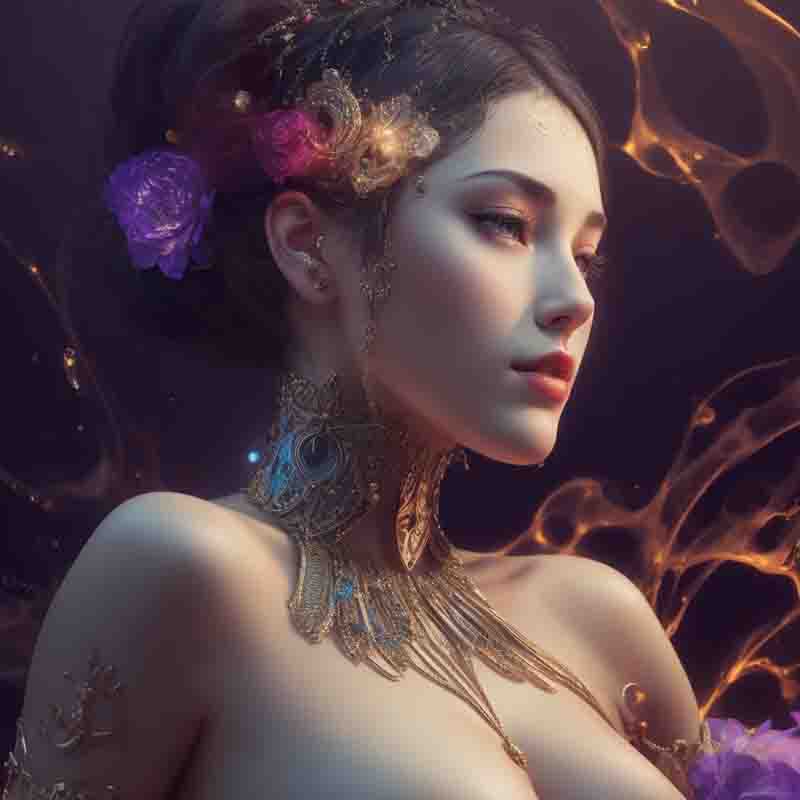
Spanning from digital painting and 3D modeling to generative algorithms and virtual reality experiences, digital art is characterized by a wide range of styles and techniques.
Understanding Digital Art
Digital art, simply put, is any form of artistic expression that is created or manipulated using digital technology, it allows artists to experiment with new ideas, break free from traditional constraints, and produce works that are both innovative and visually stunning.
The importance of digital art in the modern world cannot be overstated, as it permeates our daily lives through advertising, entertainment, design and the market for fine art.
The triumphant advance of digital art is unstoppable and has today, with representatives of the so-called blue chip art, become a key element in the growth and success of contemporary art.
The triumph of digital art is unstoppable and has not only become a key element in the growth and success of contemporary art with the representatives of so-called blue chip art, but also reflects the spirit of the zeitgeist.
The curation process itself has transformed, as online art galleries meticulously arrange artworks to tell captivating narratives that resonate with collectors and connoisseurs alike.
Nowadays, it is possible to purchase digital art conveniently online. A selection of excellent works, which at the same time represent a worthwhile investment, can be discovered by conducting the appropriate level of research.
Current rates and pricing for works of digital art are not only astonishing but revolutionary, and have consolidated the art market's position as a leader in lucrative investment.
The journey through the world of digital art, with its pixels, algorithms and endless horizons, reveals a landscape where creativity and technology converge. As we stand on the doorstep of the digital future, artists, collectors, and aficionados find themselves on an exciting trajectory of exploration, innovation, and artistic evolution.
Origins of Digital Art (1950s-1960s)
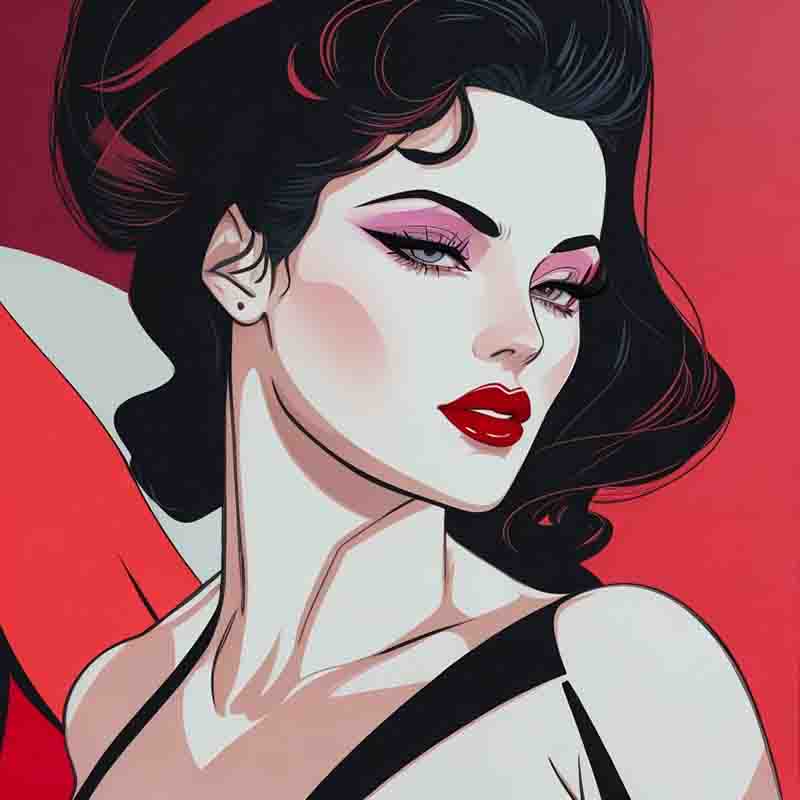
Digital art is a fascinating fusion of technology and artistic expression that has undergone a remarkable development over the years.
The origins of digital art can be traced back to the 1950s and 1960s when the first computers were emerging.
During this era, artists and engineers began to experiment with these early machines, exploring the creative potential of computer-generated imagery.
One notable figure from this period is Ben Laposky, a computer scientist and artist who is credited with creating some of the first computer-generated art using an oscilloscope.
Laposky's work featured intricate, abstract patterns that were generated by manipulating electronic signals.
Alongside Laposky, A. Michael Noll and other researchers also dabbled in creating art using early computer technology.
This period marked the tentative steps of artists into the realm of digital creativity, laying the groundwork for the developments that would follow.
The Emergence of Computer Graphics (1960s-1970s)
As technology continued to advance, particularly in the realm of computing power, the 1960s and 1970s saw a significant expansion of digital art.
Artists like Frieder Nake and Vera Molnár emerged as pioneers in this field. They explored the creation of geometric patterns and algorithmic art using mainframe computers.
Frieder Nake, a German computer scientist and artist, generated intricate, abstract designs through code, and Vera Molnár, a Hungarian-French artist, produced captivating algorithmic drawings using a plotter.
These early experiments demonstrated that computers could be used not just for data processing but also as creative tools, and they marked a transition from the abstract patterns of the 1950s to more complex and systematic digital artworks.
Pixel Art and Early Digital Imaging (1980s)
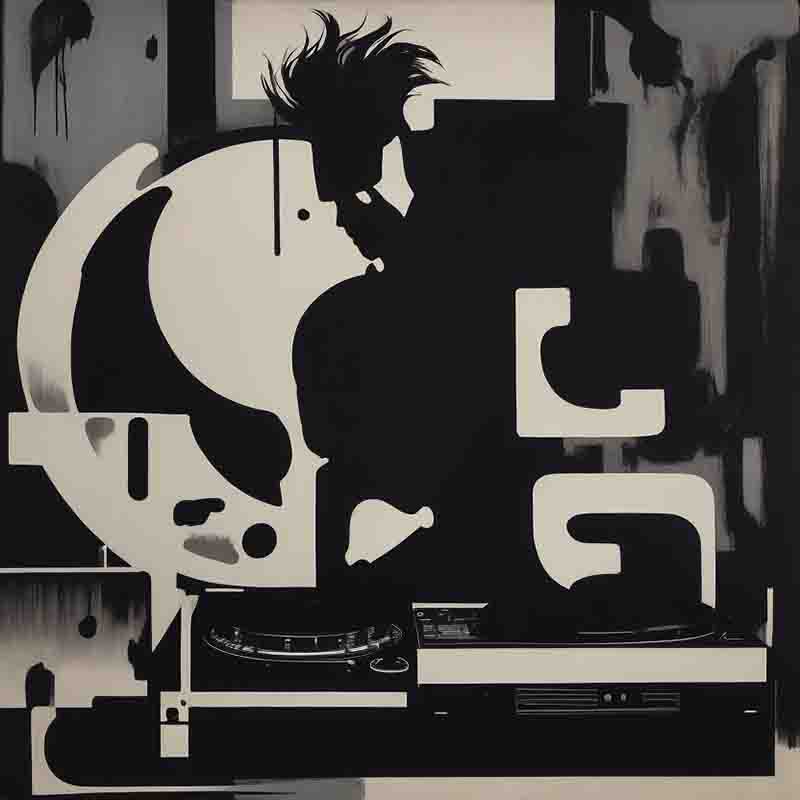
One of the intriguing aspects of digital art is how it stands in contrast to traditional art forms. Traditional art relies on physical materials like canvas, paint, and brushes, while digital art harnesses the power of technology.
The 1980s witnessed a fundamental shift in digital art with the rise of personal computers. As these machines became more accessible to the public, artists started to explore a new form of digital expression known as pixel art.
This art form involved creating images pixel by pixel, often with limited color palettes, which was well-suited to the capabilities of early personal computers.
Susan Kare, a graphic designer, and artist, gained recognition for her work at Apple, where she designed icons and fonts for the Macintosh.
Her pixelated creations, like the iconic smiling Macintosh Trash Can, left an indelible mark on the world of digital art.
The 1980s were a pivotal decade, as pixel art became a significant aspect of digital art and contributed to the evolving digital landscape.
The Digital Revolution (1990s)
The 1990s marked a significant turning point for digital art. During this decade, software and hardware continued to advance rapidly, enabling artists to push the boundaries of what was possible in the digital realm.
One pivotal moment was the release of Adobe Photoshop in 1990. This revolutionary software allowed artists to manipulate images with unparalleled precision, making digital art more accessible and versatile than ever before.
Digital art started to gain popularity in various industries, including graphic design, advertising, and print media.
Artists and designers began incorporating digital tools into their creative workflows, and digital art became an integral part of the design and advertising landscapes.
Internet Art and the 21st Century (2000s-2010s)
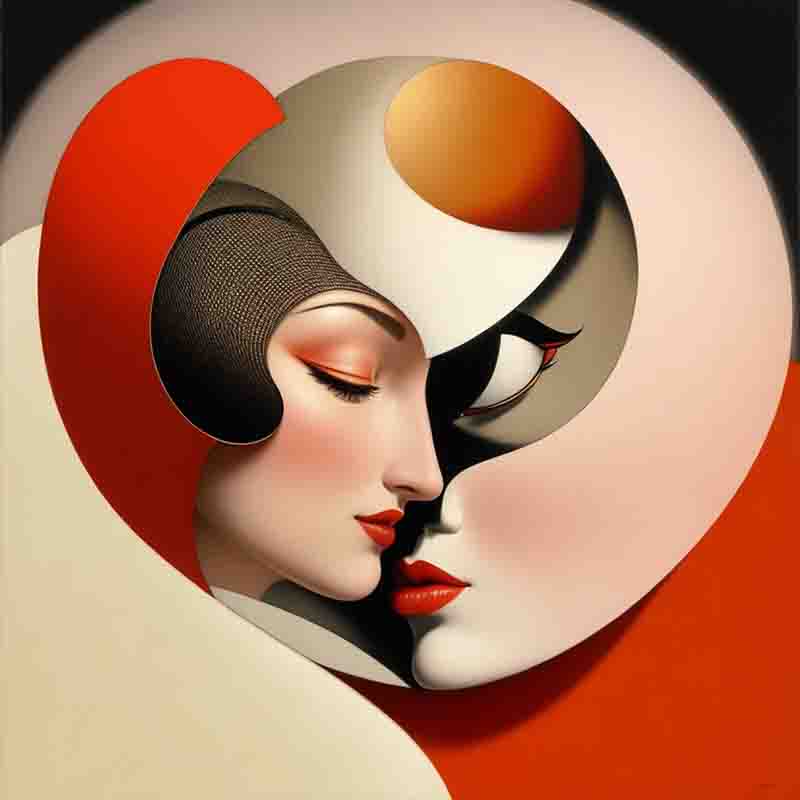
Established art institutions are still adapting to the digital art movement. Museums, galleries, and art schools are working to incorporate digital art into their programs, but many face challenges in curating, conserving, and legitimizing digital artworks.
With the widespread adoption of the internet in the 21st century, digital art found a new platform for distribution, interaction, and innovation.
Artists who came of age during this era often referred to as "net artists," embraced the online world as their canvas.
Olia Lialina, for example, created works that existed solely on the web, blurring the lines between traditional art and digital technology.
JODI, a collective of artists, produced interactive and chaotic web-based artworks that challenged the conventions of both art and technology.
This period marked a shift towards interactivity and connectivity in digital art, with artists experimenting with the internet as a medium and audience participation as an integral part of the artistic experience.
Digital Art Today (2020s-Present)
In the present day, digital art has evolved into a dynamic and diverse field, encompassing a wide range of tools and techniques.
Artists utilize digital painting, 3D modeling, generative art, and virtual reality to create captivating works that push the boundaries of traditional artistic mediums.
One notable development in recent years is the rise of NFTs (non-fungible tokens), which have revolutionized the way digital art is bought, sold, and valued.
Some digital artists have achieved significant recognition and financial success through NFT platforms, highlighting the growing market for digital art.
Digital art continues to thrive in various industries, including gaming, animation, advertising, and fine art, and its future holds exciting possibilities as technology advances and new mediums and tools emerge.
The Future of Digital Art
Looking ahead, the future of digital art is filled with exciting possibilities. Advancements in machine learning and artificial intelligence are empowering artists to explore new realms of creativity, with AI algorithms generating art and assisting in the creative process.
Virtual reality (VR) and augmented reality (AR) are breaking down the barriers between the digital and physical worlds, offering immersive artistic experiences that were once the stuff of science fiction.
The digital art landscape is expected to continue evolving as technology advances, providing artists with increasingly innovative tools and mediums to explore.
The scope of what is now possible in the field of digital creativity is constantly expanding, holding out the promise of a future full of artistic innovation and experimentation.
Digital Art vs. Traditional Art
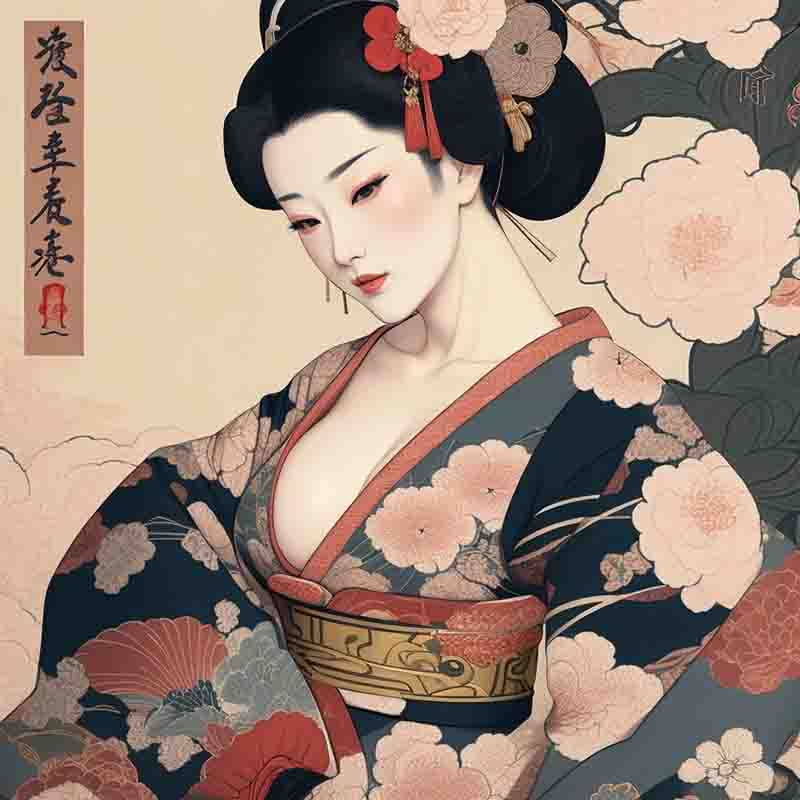
Digital art covers a wide range of artistic creations made with digital tools and technologies, from digital painting and illustration to 3D modeling and animation.
One of the intriguing aspects of digital art is how it stands in contrast to traditional art forms.
Traditional art relies on physical materials like canvas, paint, and brushes, while digital art harnesses the power of technology.
Each approach has its unique advantages and challenges, and the relationship between the two has evolved over time.
Digital art offers artists the advantage of undoing mistakes, experimenting with endless possibilities, and easily sharing their work online.
On the other hand, traditional art retains a tactile and time-honored quality that resonates with many artists and art enthusiasts.
Tools and Software for Digital Art
Central to the practice of digital art are the tools and software that artists employ to bring their visions to life.
In the digital realm, the choice of these tools can significantly impact an artist's workflow and the final outcome of their work.
Whether you're a seasoned digital artist or a novice looking to dive into this world, understanding the tools of the trade is essential.
Digital Art Hardware Tools:
-
Graphics Tablets: Graphics tablets are indispensable for digital artists. They consist of a pressure-sensitive surface and a stylus, allowing artists to draw directly on the tablet, mimicking the feel of traditional drawing or painting. High-end tablets, like those from Wacom and Huion, offer precise control, customizable buttons, and advanced features for professional artists.
-
Styluses: Styluses are the artist's pen in the digital world. They come in various styles, offering different levels of pressure sensitivity and features. Some styluses are battery-powered, while others are rechargeable or offer advanced features like tilt recognition.
-
Pen Displays: Pen displays combine the features of a graphics tablet with a high-resolution screen. These devices, such as those from brands like Wacom and XP-Pen, allow artists to draw directly on the screen, providing a more intuitive and natural drawing experience.
-
Computers: The choice of computer is crucial for digital artists. While many modern computers can handle digital art tasks, artists working with complex 3D modeling or animation may require high-performance PCs or Macs. Additionally, some artists opt for powerful desktop workstations or specialized laptops with high-resolution displays for optimal results.
-
Peripherals: Additional peripherals like external monitors, color calibrators, and high-quality headphones are often essential for digital artists to achieve accurate color representation and maintain a productive workflow.
Digital Art Software Applications:
-
Adobe Creative Cloud: Adobe offers a suite of powerful software tailored for digital artists. Adobe Photoshop is renowned for image editing and digital painting, while Adobe Illustrator specializes in vector graphics. Adobe After Effects is invaluable for animation and visual effects. Adobe Premiere Pro is ideal for video editing, making Adobe's suite a comprehensive choice for creative professionals.
-
Corel Painter: Corel Painter is a versatile digital painting software that replicates traditional painting techniques, offering an extensive array of brushes and textures. It's favored by artists seeking a traditional painting feel in their digital work.
-
Procreate: Procreate is a popular choice for digital artists on iPad devices. It's known for its intuitive interface, vast brush library, and capabilities for both illustration and animation. Procreate's user-friendly design appeals to beginners and professionals alike.
-
Clip Studio Paint: This software is celebrated for its robust capabilities in manga and comic book creation, with features like comic panel creation, vector drawing, and an extensive library of pre-made assets. It's favored by illustrators and comic artists.
-
Autodesk SketchBook: Autodesk offers a free digital art software, SketchBook, known for its simplicity and ease of use. It provides a comfortable platform for sketching and drawing, making it suitable for beginners and those looking for a straightforward digital art experience.
-
3D Software: For artists interested in 3D modeling and animation, software like Blender (open-source and free), Autodesk Maya, or Cinema 4D are indispensable. These tools allow artists to create complex 3D scenes, characters, and animations.
-
Painting and Illustration Apps: Mobile devices have seen a surge in digital art apps. In addition to Procreate, apps like Adobe Fresco, Autodesk SketchBook, and ArtRage offer convenient ways for artists to create on-the-go.
Digital Art Accessories and Add-ons:
-
Custom Brushes: Many digital artists create or download custom brushes tailored to their specific needs. These brushes can mimic a wide range of traditional media, from pencils to oil paints.
-
Color Calibration Tools: Ensuring accurate color representation is crucial for digital artists. Color calibration tools help maintain consistent color across different screens and printers.
-
External Storage: Digital art files can be large and numerous. Reliable external hard drives or cloud storage solutions are essential for backing up and archiving artwork.
-
Gloves: Drawing gloves with a smooth surface reduce friction when drawing on graphics tablets or displays, preventing smudges and enhancing comfort during long drawing sessions.
-
Screen Protectors: For devices with touchscreens, screen protectors with matte or paper-like textures can provide a more tactile drawing experience and reduce glare.
-
Shortcut Keyboards: Customizable keyboards with programmable keys can significantly streamline an artist's workflow by providing quick access to frequently used tools and commands.
At the heart of the digital art revolution lie the tools and software that empower artists to transform their creative visions into digital masterpieces.
These essential instruments have evolved significantly over the years, offering an expansive range of options to artists, from novices to seasoned professionals.
Understanding these tools is crucial for anyone seeking to embark on a journey into the captivating realm of digital art.
The choice of tools and software is a deeply personal one, influenced by an artist's style, goals, and budget.
The Ever-Evolving Digital Canvas
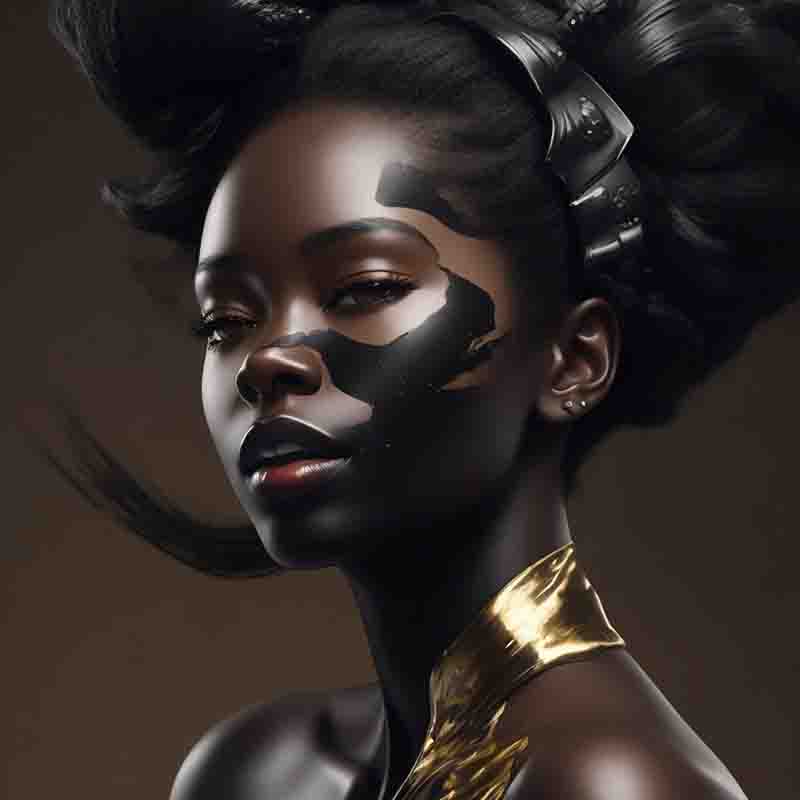
Digital art, a dynamic and versatile medium, has transcended its early associations with pixel art and computer-generated graphics to encompass an expansive canvas of possibilities.
In this age of pixels and possibility, the canvas of creativity stretches beyond what we could imagine.
It is a canvas painted in code, sculpted in algorithms, and bound only by the limits of imagination.
The future of digital art becomes a tomorrow where pixels meet intent, where technology inspires creativity, and where the digital canvas becomes a mesh of innovation, craft, and the shared human condition.
Digital art, with its dynamic fusion of tradition and technology, emerges as a medium where artists craft dreams and invite viewers to step into their visionary worlds.
Styles and Trends in Digital Art
Digital art is a constantly evolving medium that embraces a rich diversity of styles and trends.
Artists draw inspiration from both traditional art forms and cutting-edge technology, resulting in a dynamic and ever-changing landscape of creative expression.
-
Digital Painting: Digital painting is a style that closely resembles traditional painting techniques, but it leverages digital tools to create realistic or stylized artworks. Artists often use specialized brushes and color palettes to mimic the look of oil, watercolor, or acrylic paintings. Digital painting can range from hyper-realistic portraits to fantastical landscapes, offering endless possibilities for self-expression.
-
Concept Art: Concept art plays a pivotal role in the development of video games, movies, and other visual media. Digital artists working in this genre bring imaginative worlds, characters, and objects to life. They focus on conveying mood, atmosphere, and design concepts that guide the production of a final product.
-
3D Modeling and Sculpting: 3D modeling and sculpting have revolutionized digital art, enabling artists to create three-dimensional objects, characters, and environments. Software like Blender, ZBrush, and Maya empowers artists to craft intricate 3D models, which are often used in animations, games, and virtual reality experiences.
-
Pixel Art: Pixel art is a nostalgic style that harks back to the early days of video games and computer graphics. Artists use individual pixels to create intricate, low-resolution images. This style emphasizes simplicity, limited color palettes, and meticulous attention to detail, often resulting in charming and retro-inspired artwork.
-
Surrealism and Fantasy: Digital art provides a perfect canvas for surrealism and fantasy. Artists delve into dreamlike and otherworldly realms, where reality and imagination coalesce. Surreal digital art often features juxtaposed and unexpected elements, creating a sense of wonder and intrigue.
-
Photorealism: Digital artists skilled in photorealism aim to recreate subjects with astonishing accuracy, often making it difficult to distinguish the digital artwork from a high-resolution photograph. This style demands meticulous attention to detail, expert shading, and a deep understanding of light and shadow.
-
Minimalism: Minimalism in digital art is characterized by simplicity, clean lines, and a reduction of elements to their essential forms. It emphasizes the power of negative space and often conveys a sense of tranquility and elegance. Minimalist digital art is popular in graphic design, branding, and user interface design.
-
Abstract and Generative Art: Abstract digital art explores non-representational forms and shapes, often relying on color, texture, and patterns to convey emotions and concepts. Generative art employs algorithms and randomness to create dynamic and evolving visual compositions, making each piece a unique creation.
-
Anime and Manga: Anime and manga-style digital art draws inspiration from Japanese animation and comic book aesthetics. Artists often create vibrant characters with large, expressive eyes, intricate details, and dynamic poses. This style is popular not only in Japan but also around the world.
-
Cyberpunk and Sci-Fi: Cyberpunk and science fiction digital art embrace futuristic and dystopian themes. Artists depict high-tech cityscapes, cyborgs, and futuristic gadgets, often exploring the relationship between technology and society. The genre has seen a resurgence in popularity with the growth of cyberpunk-inspired video games and movies.
-
Nature and Wildlife: Digital artists who specialize in nature and wildlife often create breathtaking scenes of the natural world. Whether it's a majestic landscape, a detailed botanical illustration, or a close-up of a wild animal, this style celebrates the beauty and diversity of our planet.
-
NFT Art: Non-Fungible Tokens (NFTs) have disrupted the art world, allowing artists to tokenize their digital artworks and sell them as unique digital assets. NFT art has gained immense popularity, with artists exploring new avenues for monetizing their digital creations.
-
Virtual Reality (VR) and Augmented Reality (AR): VR and AR technologies are transforming how we experience digital art. Artists are creating immersive VR environments and AR installations that invite audiences to interact with and become part of the artwork.
-
AI and Generative Art: Artificial Intelligence (AI) has made its mark in the art world, with artists using machine learning algorithms to create generative art. These algorithms produce art based on data inputs, resulting in dynamic and evolving artworks.
-
Environmental and Social Commentary: n response to global issues such as climate change, social justice, and the pandemic, digital artists are using their work to raise awareness and convey powerful messages. Art has become a medium for social and environmental activism.
-
Retro and Vaporwave Aesthetics: Nostalgia for past decades, particularly the '80s and '90s, has inspired retro and vaporwave aesthetics in digital art. Artists incorporate neon colors, retro technology, and glitch effects to create a sense of nostalgia and a unique visual style.
Digital art is a vibrant and ever-evolving realm that continually embraces new styles and trends.
Whether artists seek to evoke emotions through photorealism, explore surreal dreamscapes, or challenge societal norms through abstract expression, digital art provides a versatile platform for creative exploration.
The ongoing fusion of technology and artistic expression promises an exciting future for the world of digital art.
Challenges and Controversies in Digital Art
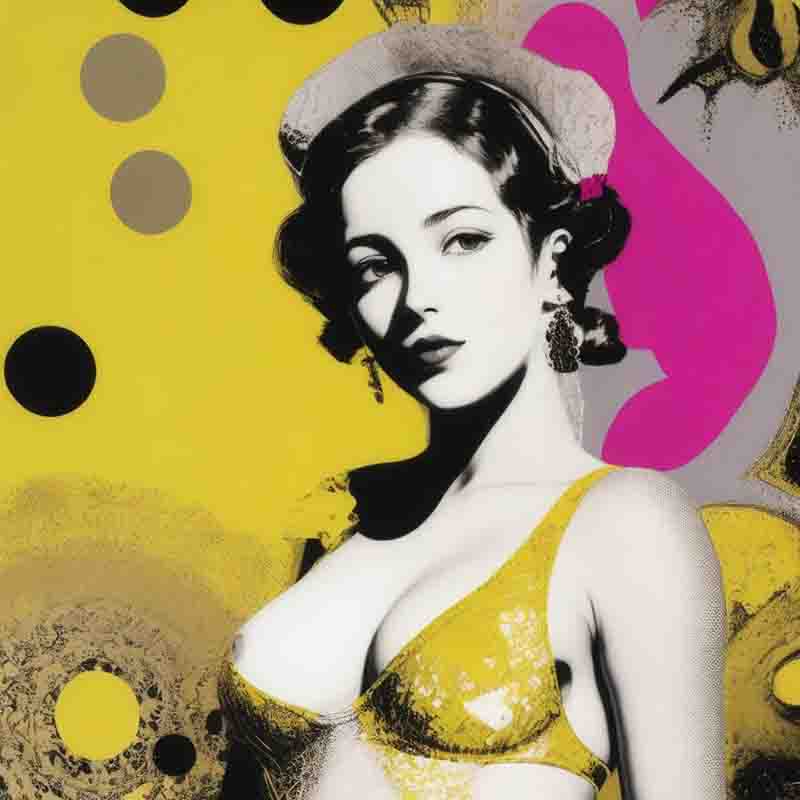
While traditional art is rooted in tangible materials like paint and canvas, digital art leverages technology for its creation. Yet, both mediums share the fundamental essence of artistic expression.
As digital art has become increasingly prominent in the art world, it has brought forth a range of challenges and controversies that artists, collectors, and enthusiasts must navigate.
These issues reflect the evolving nature of the medium and its impact on the traditional art landscape.
Copyright and Digital Art
One of the most significant challenges in the digital art world is copyright infringement. The ease of copying and distributing digital files has led to concerns about artists' work being used without permission.
Artists often struggle to protect their intellectual property, and digital art marketplaces face challenges in enforcing copyright policies.
This topic is sure to give rise to numerous innovative and promising developments in the field of blockchain technology.
Digital Art Preservation

Digital art incorporates a a broad array of creative expressions, ranging from traditional painting techniques transferred to the digital canvas to sophisticated pixel art and intriguing 3D creations.
Preserving digital art for the long term presents a significant challenge. Unlike traditional art forms, digital files can become obsolete as software and hardware evolve.
Ensuring that digital art remains accessible and unchanged over time requires ongoing efforts in digital preservation and archiving.
Authenticity and Provenance
Digital art often faces skepticism from traditional art circles about its value and authenticity.
Critics argue that the ability to create multiple copies of digital artworks reduces their perceived worth compared to unique physical pieces.
This controversy underscores the need to educate the art world about the value of digital art.
Digital Art and Traditional Institutions
Established art institutions continuously adapt to the digital art movement. Museums, galleries, and art schools are working to incorporate digital art into their programs, but many face challenges in curating, conserving, and legitimizing digital artworks.
Digital Art: FAQ
Are you curious about music, art, technology, fashion, lifestyle, and beer?
If so, then you need to subscribe to the free Likewolf newsletter.
100% privacy. When you sign up, we'll keep you posted.
The Art of Seeing
Dive Deeper into the Canvas
